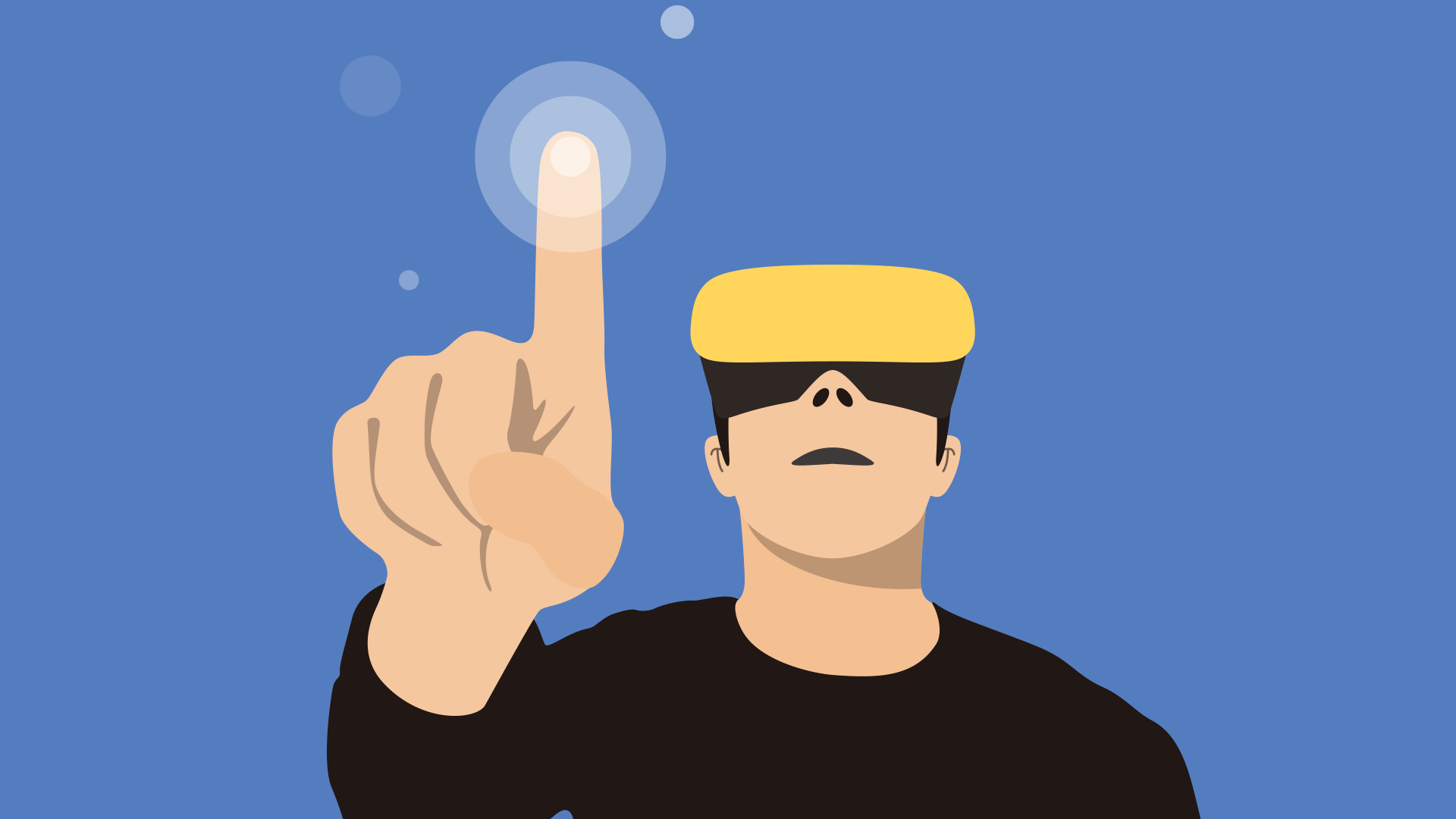
Want Better Learner Metrics from AR and VR-Enabled Training? Adaptive Learning Can Help.
Did you know that knowledge retention rates from experiential learning can be as high as 75%? Perhaps that’s why so many companies are embracing Augmented Reality (AR) and Virtual Reality (VR) technologies as part of their training solutions. For example:
- Volkswagen is using VR to train 10,000 of its employees. The new training will cover more than 30 VR training experiences from vehicle assembly, new team member training, and customer service.
- Walmart is using VR to prepare more than 140,000 of its employees for the chaos of Black Friday, training workers to navigate the needs of demanding customers and emergency situations within a virtual Walmart store.
- And KFC is incorporating a VR experience into its employee-training program to show employees how to make its signature Original Recipe fried chicken.
Here comes AR/VR.
AR and VR-enabled training allows employees to practice for the various scenarios they might encounter in a safe, distraction-free environment. According to a recent article in Training Magazine:
“Virtual reality gives organizations the ability to create scenarios in which employees are actually learning by doing without any consequences. It allows for mistake-driven learning where employees can safely make mistakes and learn along the way.”
Why is AR and VR-Enabled Training so Effective?
Research shows these technologies deliver deep learning benefits. According to psychologists, memory is anchored and made stronger when there is increased multi-sensory and emotional input. AR and VR deliver on both fronts. Not only do participants experience a highly visual and tactile sensory environment through AR and VR, but they also become more emotionally engaged.
In AR and VR-enabled training, workers feel that something is actually happening to them, rather than simply observing the learning. The technology activates their autobiographical associative network, rather than the memory network for storing an isolated episodic event. As a result, remember more of the material. In fact, in addition to the 75% retention mentioned above, one study shows that people learning through VR remember up to 2x more that watching a 2D video.
And companies, especially those in “high consequence” industries (e.g. aerospace, chemicals, health care, manufacturing, energy, and investment/finance), are paying attention. According to the Brandon Hall Group’s research, interest and use of AR and VR-enabled training is growing among industries in which organizations face a high level of regulatory and compliance requirements. In fact, the Brandon Hall Group reports that:
- More than 30% of high consequence companies identify AR/VR as a top learning priority for the next 12-24 months, and
- About 45% consider these types of simulations important/critical to achieving their business goals over the next 18-24 months
AR/VR Shortcomings
That said only 18% of high-consequence companies are ready to begin executing these types of simulations within their training. Why is that?
There are three primary challenges with AR/VR-enabled training:
- AR and VR can be very costly to create. The equipment, design and technical resource requirements for an engaging VR or AR experience can become quite expensive.
- Once made, it’s difficult for L&D departments to make changes to AR and VR simulations. This can be a friction point for instructional designers and CLOs alike.
- Many simulation-based systems often don’t integrate well with enterprise learning systems. For example:
- “Plug-and-play” AR/VR solutions are few and far between
- AR/VR solutions often don’t provide the learning and performance analytics necessary for proving the efficacy of training. This can hinder budgetary allocations and c-suite buy-in for future projects.
Using AR/VR in An Adaptive Framework
While advances in technology and IoT device development are solving the first two AR/VR challenges, it might fall to other learning technologies to solve the third. For example, by combining AR/VR training with an adaptive learning framework, L&D departments can overcome some of the shortfalls of integration and analytics.
In fact, we have clients who use our adaptive learning platform to help validate mastery and predict knowledge application… and this can be used in AR and VR-based training. By placing their AR/VR training within the “Watch” modality of our platform, companies can more easily monitor employee progress and knowledge acquisition – gaining clear insights into the who, what, where of learning analytics:
- Who is struggling – L&D departments can quickly evaluate which learners are having the most trouble mastering the AR/VR content and who’s at risk of not being able to apply it on the job.
- Why they’re struggling – Is a learner going through the motions/not really trying or do they lack the base knowledge to progress through the training? Putting AR/VR into our learning platform helps L&D departments can understand why learners are having problems.
- Where they’re having difficulty – our analytics identify – down to the individual learning objective – where learners are struggling, so L&D can formulate specific training to remediate remaining gaps (or adjust their own content for greater efficacy).
In addition to progress and performance, the platform and AI are also mapping behavior with the content.
AR and VR-enabled training can be an incredible tool for corporate training, especially when it’s placed within a framework that helps maximize its integration and analytics potential. Contact us for more information about how Fulcrum Labs incorporates AR and VR technology within its adaptive framework to measure efficacy — in ways that both a CLO and a CFO can relate to — celebrate success and help refine future projects.
More Insights Like This:
https://www.the-fulcrum.com/blog/training-needs-assessments/
